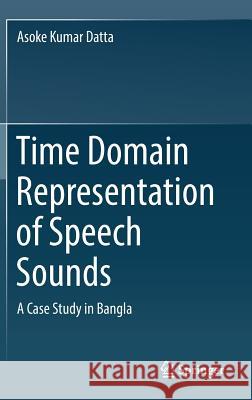Time Domain Representation of Speech Sounds: A Case Study in Bangla » książka
topmenu
Time Domain Representation of Speech Sounds: A Case Study in Bangla
ISBN-13: 9789811323027 / Angielski / Twarda / 2018 / 154 str.
The book presents the history of time-domain representation and the extent of its development along with that of spectral domain representation in the cognitive and technology domains.











